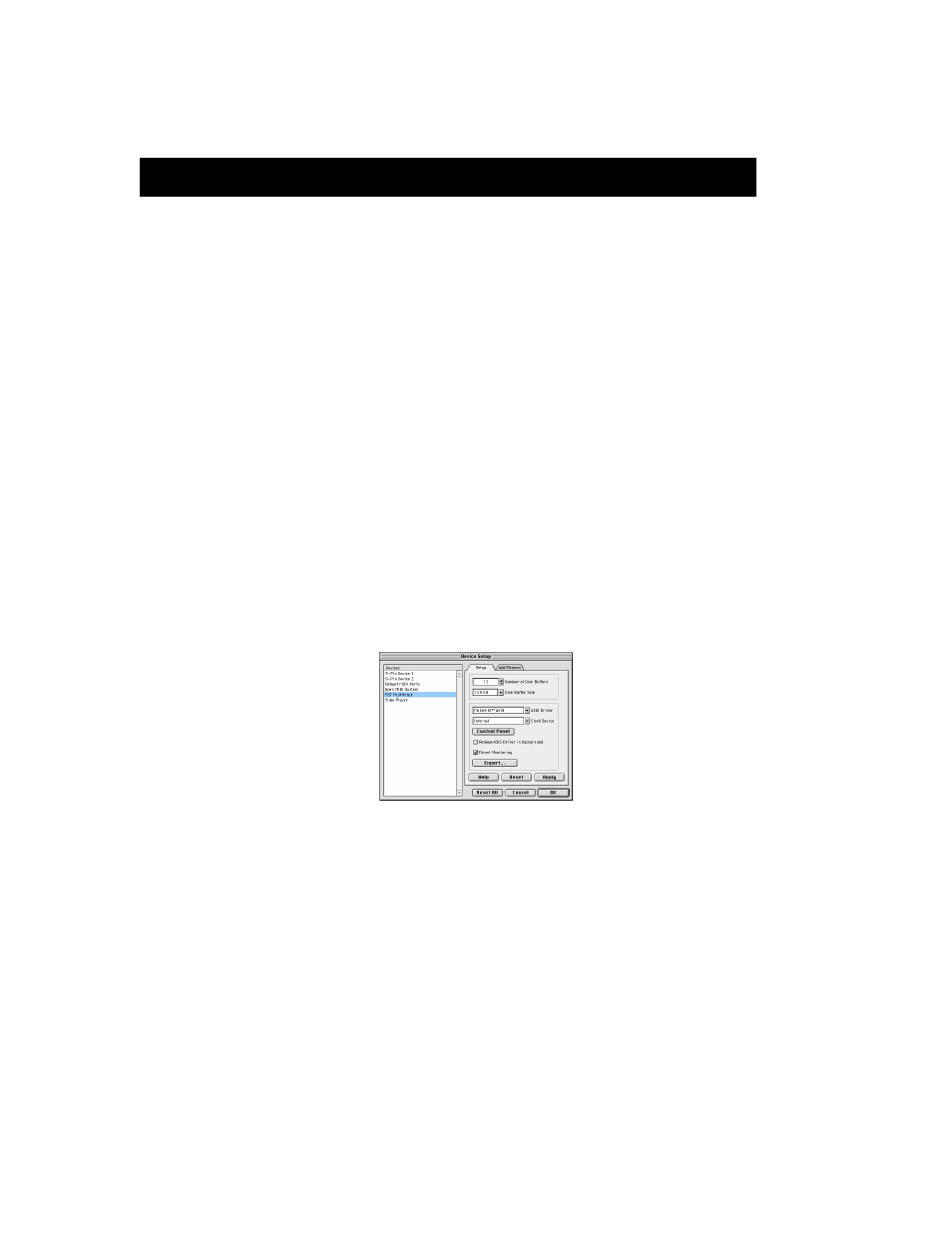Configuring nuendo, Figure 53, Mobile i/o user’s guide – Metric Halo 2882 operating guide User Manual
Page 80

Mobile I/O User’s Guide
72
2. Use the Output Patchbay (see “Output Patchbay Details” on
page 45) in MIO Console to route the appropriate Mix Busses to
your monitor output path (e.g. Analog 1/2 or Cans L/R).
• The ASIO Direct Monitor will assign your monitored input channels to
the mixer that matches the output bus that the input channels are
assigned to in the Host.
• If the input channels are being mixed onto Analog 3/4, the ASIO Direct
Monitor will assign the input channels to Mix 3/4 – your mixes must
match your outputs for the Direct Monitor to work.
3. Enable the appropriate Monitoring mode in your host software if it
supports multiple monitor modes.
4. Make sure that the mixer does not have solo’ed channels and that
the Mixer master mute is not enabled – if either of these gotchas
are in force, you will encounter problems controlling the mixer
from ASIO.
C
ONFIGURING
N
UENDO
Nuendo is a Steinberg application, and it uses ASIO as its only audio inter-
face standard. The ASIO driver is selected from the VST Multitrack section of
the Device Setup dialog:
If you want to enable ASIO direct monitoring for Nuendo, you enable the
“Direct Monitoring” checkbox in the Device Setup dialog.
The “Control Panel” button accesses the Mobile I/O driver options dialog,
which allows you to set the ASIO buffer size. Nuendo applies the new buffer
size when you click the Apply button or the OK button.
Figure 53: Nuendo VST Device Setup Dialog
